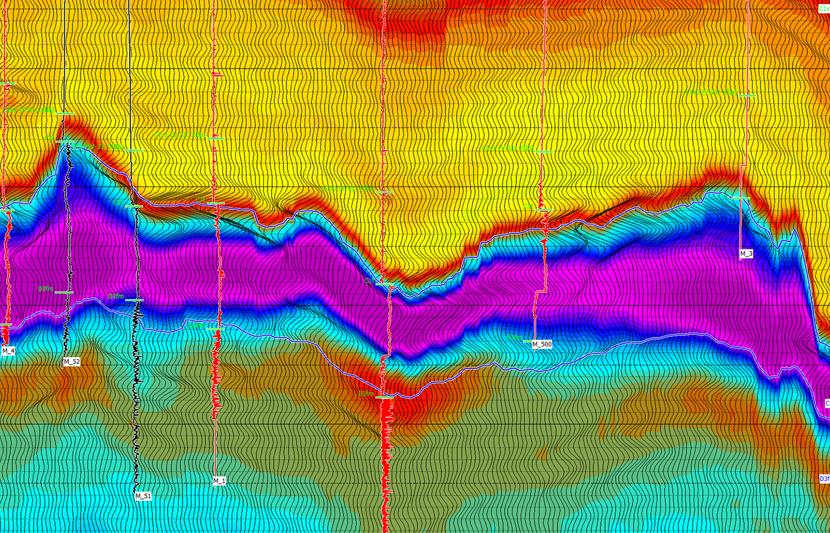From depleted gas reservoir to geothermal energy
The TDKG project is based on converting a depleted gas reservoir in the Presqu'ile Barrier Reef Complex into a new geothermal project and to do so requires a thorough understanding of the sub-surface geology to determine the project's feasibility.
To estimate potential energy output, calculate profit and demonstrate long-term project sustainability, the TDKG team needed to determine the likely flow rates of the water within the reservoir. The higher the flow rates, the faster water would move through the system, producing more energy. The better the porosity and permeability of the water-bearing reservoirs, the more likely to achieve high flow rates and hence heat to energy conversion.
A first step in understanding any reservoir's deliverability (whether it be of hydrocarbons or hot water) is to delineate the structure and map the distribution of porous zones within that structure in order to maximise the probability of drilling a new well into a zone that would prove the project's potential. Unfortunately, the data available to the TDKG team over the carbonate reef was limited despite the earlier production and previous mapping etc. and was restricted to well-log data only. Historically acquired 3D seismic had been shot but was prohibitively expensive to purchase.
The challenge was to pinpoint the best possible location to drill confidently, cost-effectively and quickly based on limited data. Based on our deep sub-surface expertise, RPS was selected to maximise such data as were available and evaluate if the proposed drilling target was fit for purpose.














